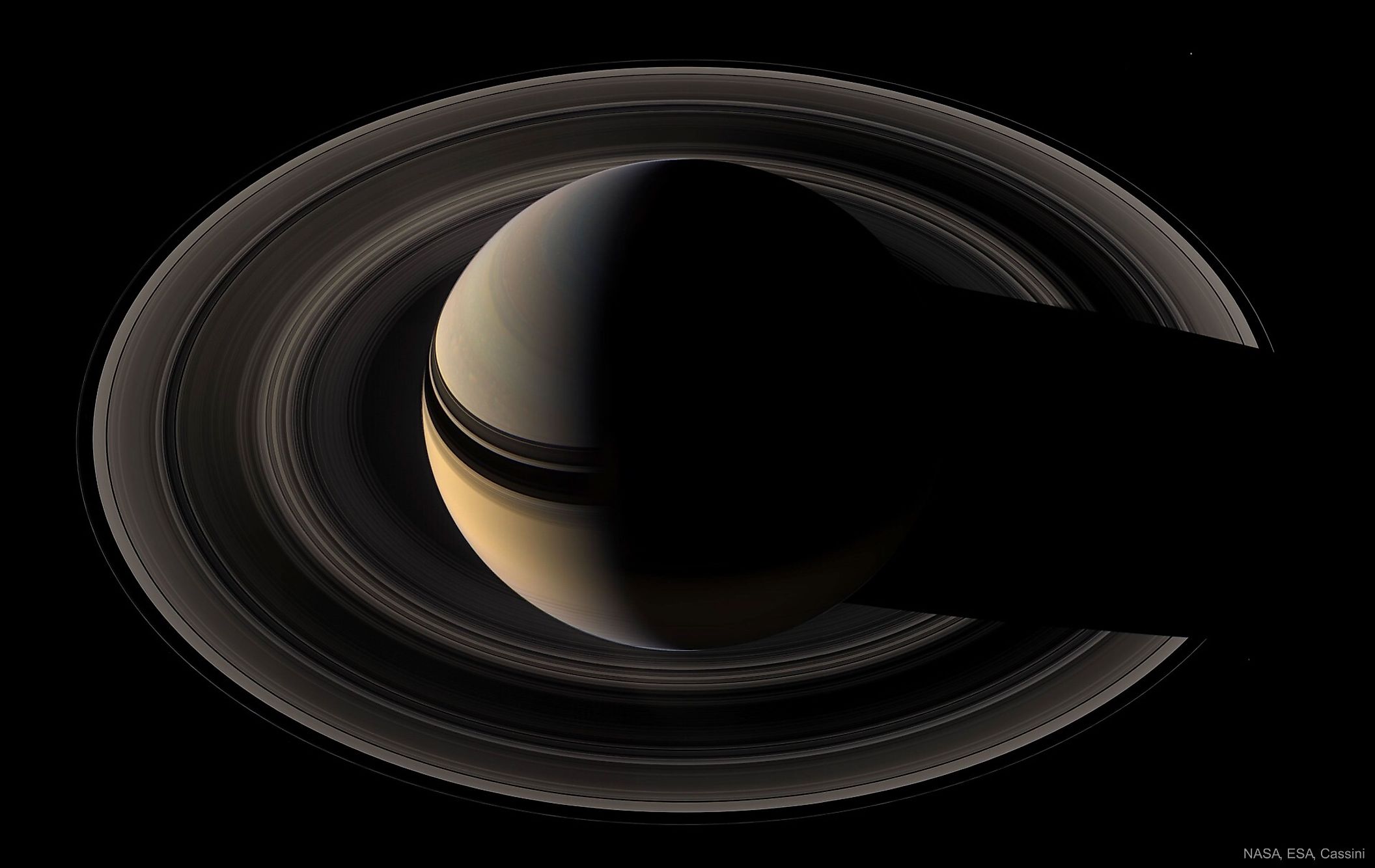
Will Saturn Ever Lose Its Rings?
The rings of Saturn are one of the most stunning sights in our solar system. As it turns out, we are very fortunate to live in a time when we can see the rings in all their glory. The rings themselves are not very old in comparison to the age of Saturn, and evidence suggests that they may not be around for much longer. How is Saturn losing its rings and when will they disappear?
How Old Are Saturn's Rings?

An important factor in determining when Saturn’s rings will disappear is the age of the rings themselves. It had long been a mystery whether or not Saturn’s rings formed with the planet, or if they formed in the not too distant past. During its mission, the Cassini spacecraft sought to determine the answer to one of Saturn’s biggest mysteries. To determine the age of the rings, astronomers measured their mass and density, particularly of the C-ring. Assuming all of the rings were approximately the same density when they formed, it would have taken the C-ring around 100 million years to reach its current density, suggesting the rings are at least 100 million years old. When we consider the fact that Saturn is 4.5 billion years old, the rings are a fairly recent addition to the planet.
Are The Rings Vanishing?

During the Voyager 1 and 2 flybys of Saturn, astronomers were able to see the rings up-close and analyze them in detail. The Voyager spacecrafts discovered variations in Saturn’s ionosphere, the region that contains an abundance of charged particles. The Voyagers also uncovered variations in density throughout the rings, with some areas being denser than others. Furthermore, the Voyagers also observed dark, narrow bands that encircle Saturn in its upper atmosphere. Each of these factors may seem unrelated, yet they all suggest that Saturn is slowly losing its rings.
Shortly after the Voyager flybys of Saturn, astronomers proposed explanations for the three discoveries mentioned above. First, the narrow dark bands in Saturn’s upper atmosphere are likely formed as electrically charged particles from the rings move along magnetic field lines and into the upper atmosphere. Since Saturn’s rings are composed mostly of water ice, these charged particles are water molecules. When these charged particles enter the atmosphere, they interact with Saturn’s ionosphere and result in a higher amount of charged particles. Interestingly, these charged particles will emit their own light that astronomers can observe using Earth-based telescopes, allowing them to determine how much water is falling into Saturn from the rings. This gives astronomers an estimate for how much material the rings are losing, and it turns out to be quite a lot. Every half hour, Saturn’s rings lose enough water to fill an Olympic-sized swimming pool. Given the rate at which the rings are losing material, scientists originally estimated that the rings will exist for another 300 million years, yet data from Cassini has actually shortened that timeline. Cassini observed Saturn and its rings in far more detail than the Voyagers, and discovered that Saturn’s rings were losing even more material than was originally thought. It is now believed that Saturn’s rings will disappear in about 100 million years. Since the rings are believed to be about 100 million years old, we are currently observing the rings halfway through their lifetime.











